Traditional Chinese medicine treatment of urinary retention mainly includes acupuncture and moxibustion, oral Chinese medicine, massage, moxibustion, and catheterization. Urinary retention refers to the condition that urine cannot be discharged normally in the bladder. Traditional Chinese medicine believes that it is mostly related to qi stagnation, damp heat, kidney deficiency and other factors, and it needs to be treated according to syndrome differentiation.
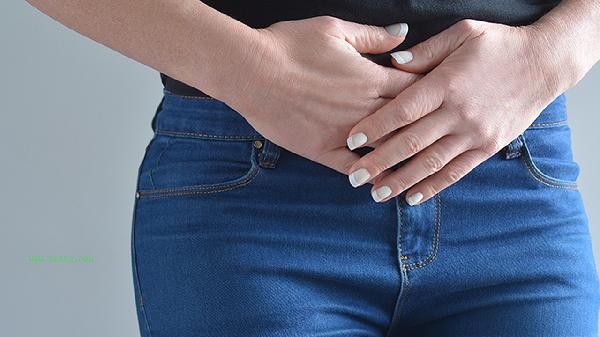
1. acupuncture and moxibustion therapy
By stimulating Guanyuan, Zhongji, Sanyinjiao and other acupoints, acupuncture and moxibustion can dredge the bladder meridian qi mechanism and relieve the retention of urine due to qi stagnation. Empirical evidence often uses laxative therapy, while deficiency syndrome is treated with warm acupuncture or moxibustion. Thin needle shallow needling combined with electroacupuncture to enhance stimulation is often used clinically, which has a significant effect on postpartum or postoperative urinary retention.
2. Traditional Chinese Medicine Oral administration
For Qi stagnation type, Chaihu Shugan San can be modified, while for damp heat type, Bazheng San can be used. For kidney yang deficiency type, Jisheng Shenqi Wan is the main formula. Commonly used traditional Chinese medicines such as Plantago asiatica and Quemai diuresis and promotes diuresis, while Guizhi and Fuzi warm yang and transform qi, need to be formulated based on tongue and pulse differentiation. During the acute phase, it can be taken in combination with amber, talc, and other grinding agents.
3. Massage and Tuina
Apply a massage technique along the Ren meridian from the Danzhong to the Zhongji acupoint, combined with acupressure of the Bladder Shu, Chibian and other Back Shu acupoints. Stimulating the lower abdomen with vibration method can promote bladder contraction, which is suitable for senile urinary retention. During operation, it is necessary to avoid a full bladder and gradually increase the intensity of the technique.
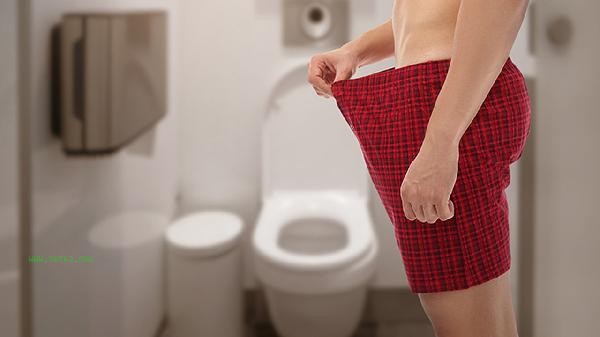
4. Moxibustion therapy
Select acupoints such as Shenque and Guanyuan for ginger moxibustion, and improve bladder gasification function through warm stimulation. For postpartum or cold stagnation type patients, moxibustion on Mingmen and Shenshu can warm and tonify kidney yang. Be careful to prevent burns, and moxibustion until the skin is flushed each time.
5. Catheterization assisted
When the bladder is highly filled with acute urinary retention, it is necessary to relieve symptoms first, and then cooperate with traditional Chinese medicine treatment. After catheterization, you can rinse the bladder with honeysuckle and dandelion decoction to prevent infection. Long term indwelling catheterization patients should regularly replace and cooperate with traditional Chinese medicine for nourishing qi and promoting blood circulation.
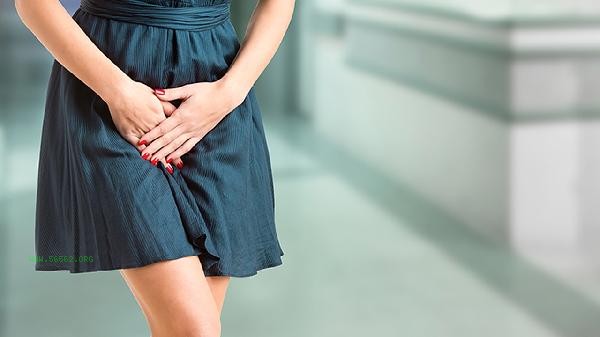
Patients with urinary retention should avoid sitting for a long time and holding urine, and moderately exercise pelvic floor muscles with anal lifting exercise. The diet should be light and avoid spicy and stimulating foods. It is recommended to consume water beneficial ingredients such as winter melon and coix seed in moderation. Keep the perineum clean and control the amount of water consumed at night. If the symptoms persist or are accompanied by fever and hematuria, seek medical attention promptly to avoid secondary urinary system infections or renal function damage. During treatment, a urine diary should be kept to monitor changes in residual urine volume.

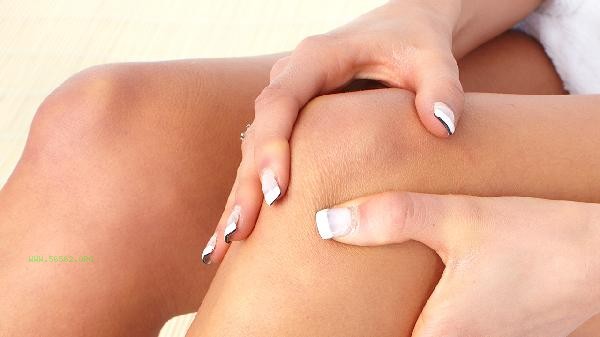
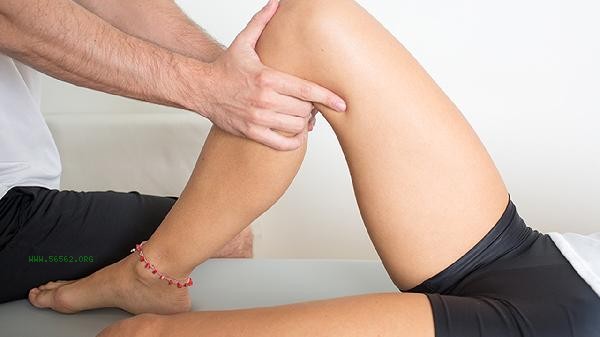
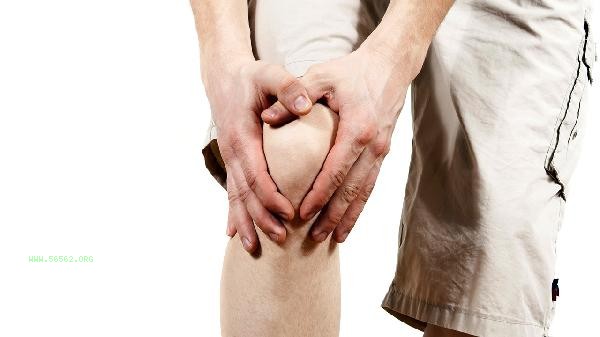
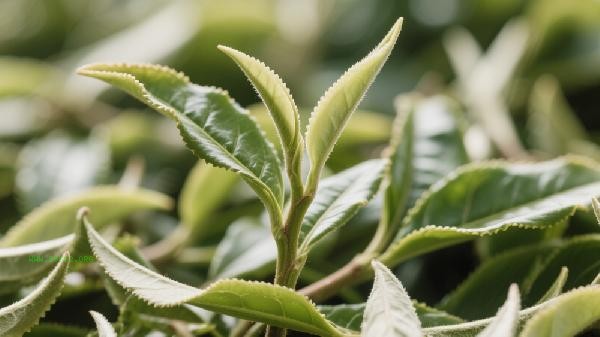
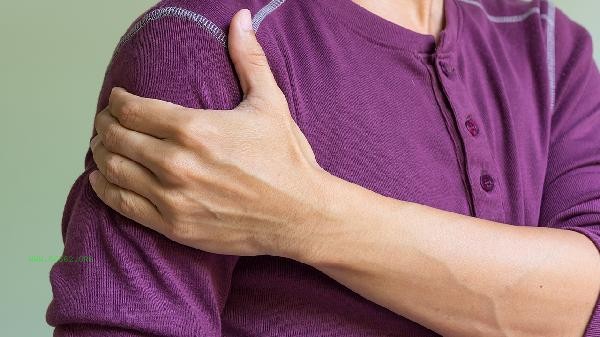


Comments (0)
Leave a Comment
No comments yet
Be the first to share your thoughts!